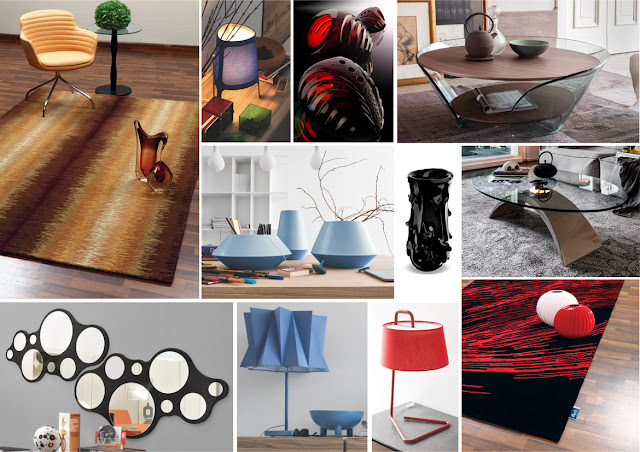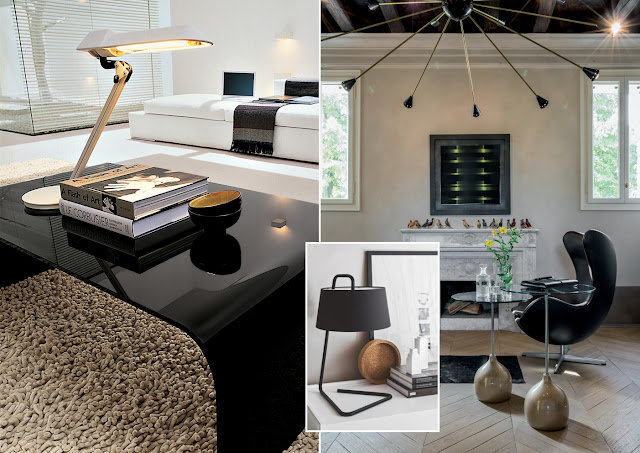12 Must Have Accessories to Liven Up Your Home

You may have finished setting up furniture at your new house or feel that your existing living space looks unfinished and dull, it's more likely due to lack of accessories. It's time to revamp your space and add accessories that reflect your personality. Whether your décor set up is a minimalist or grandeur, giving a stylish or a refreshing look by adding accessories distinguishes your home from a furniture showroom. To get a cosier and welcoming look, mixing elements in your décor is a must. Here are a couple of accessories, enjoy the list and consider these items the next time you want to freshen up that corner table or bookshelf: Carpets: The first thing you notice or perhaps your feet, when you sit on a sofa is a carpet or rug. Whether traditional or contemporary, hand tufted or hand knotted, shaggy or Frieze, it all depends on your overall set up and personality. Besides, carpets enhance the size of your room, visually appealing to the eyes. Neutral colours such ...


